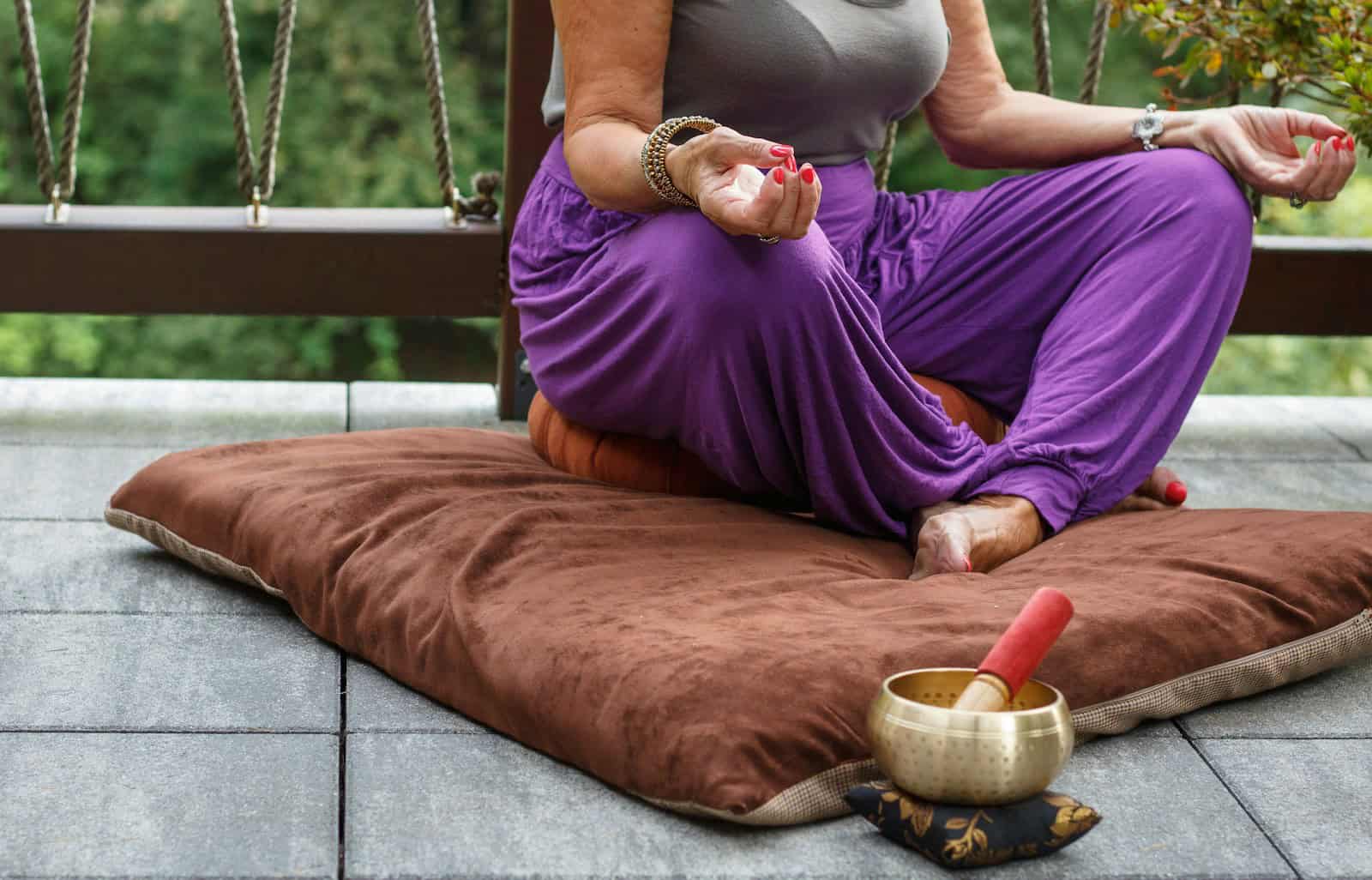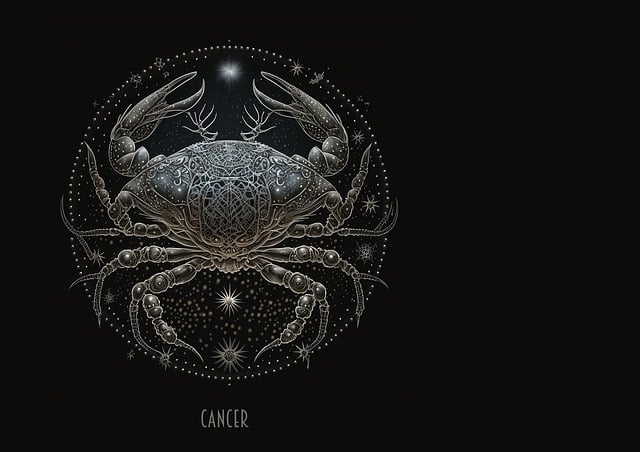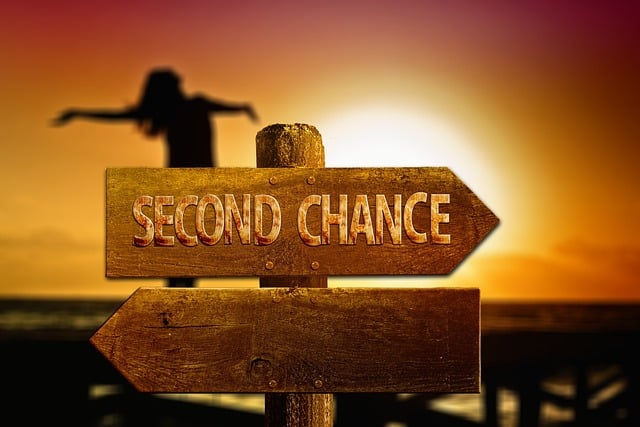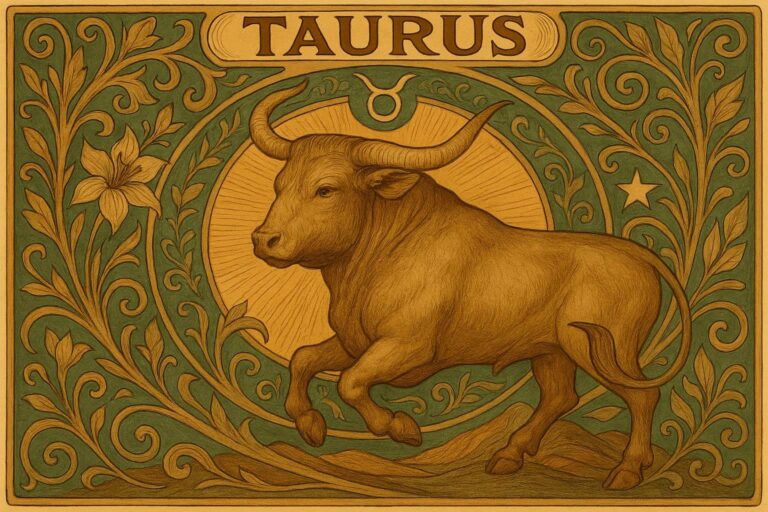Energy Healing Explained: Powerful Reiki, Sound Baths, and More
Let’s be real. You’ve probably seen “energy healing” pop up on your TikTok feed, nestled between a cat video and a questionable life hack. Maybe your most “in-touch” friend won’t shut up about their latest Reiki session and how it “totally realigned their chakras.” And you’re sitting there, controller in hand, thinking, “Is this just another side quest, or is there actually something to it?”
The whole concept sounds like something straight out of a fantasy RPG—harnessing invisible life forces to heal yourself. It’s got big “I just learned a new magic spell” energy. But before you dismiss it as pure fantasy, let’s dive into what this whole energy healing thing is actually about. Because, honestly, in a world where we’re all feeling a bit emotionally drained and over-caffeinated, maybe a little energy boost isn’t such a bad idea.
What is Energy Healing, Anyway?
So, what’s the lore behind energy healing? Strip away the mystical jargon, and it’s basically a type of alternative medicine. The core idea is that our bodies have an “energy field” or “life force.” Think of it like your mana bar in a video game. When this energy is flowing freely, you feel great—healthy, balanced, ready to take on the final boss. But when it gets blocked or disrupted by things like stress, anxiety, or that one coworker who always steals your yogurt, you start feeling physically and emotionally crummy.
Energy healing practitioners are like the support class in your party. They use different techniques to get your energy flowing smoothly again, supposedly helping your body’s natural healing abilities kick into high gear. It’s less about a magic cure-all and more about getting your system back online.
Popular Types of Energy Healing You Might Encounter
The world of energy healing has more variety than the character creation screen in Baldur’s Gate 3. Each type has its own unique mechanics and flavor. Here are a few of the main players you’re likely to hear about.
Reiki: The Hands-On (or Hands-Off) Approach
Reiki is probably the most well-known form of energy healing. Originating from Japan, the name literally translates to “universal life energy.” During a session, a practitioner will gently place their hands on or just above your body. The idea is that they’re channeling that sweet, sweet universal energy into you to clear out any blockages.
Skeptics might say, “So, you’re just… hovering your hands over me?” And yeah, that’s pretty much it. But many people walk out of a session feeling incredibly relaxed and at peace. It’s like a deep, meditative state without having to do the work of meditating. For those of us whose minds race a million miles a minute, that alone can feel like a superpower.
Sound Baths: Good Vibrations, Literally
If you’re someone who gets chills from a particularly epic movie score, a sound bath might be your jam. This isn’t about scrubbing behind your ears. Instead, you lie down and let waves of sound from crystal bowls, gongs, and chimes wash over you. It’s like being inside a surround-sound system designed for your soul.
The theory is that the different frequencies and vibrations can help shift your brain into a more relaxed state and “retune” your body’s energy. It sounds a bit out there, but at the very least, it’s a dedicated hour where nobody can bother you and you get to listen to some seriously trippy noises. It’s a nap, but with a soundtrack. What’s not to love?
Acupuncture: Getting to the Point
Okay, this one involves needles, so if you’re squeamish, you might want to skip ahead. Acupuncture is an ancient Chinese practice where super-thin needles are inserted into specific “acupoints” on your body. These points are thought to be connected by pathways called meridians, which are like the energy highways of your body.
The goal is to unblock your “qi” (pronounced “chee”), which is another word for life force energy. It might sound intense, but it’s surprisingly painless for most people. Western medicine has even started to acknowledge its potential for things like pain relief. So, it’s not just “woo-woo”; there’s some science starting to back it up.
So, Does Any of This Actually Work?
This is the million-dollar question, isn’t it? The scientific community is, let’s say, divided. There isn’t a ton of hard, clinical evidence to prove that someone is literally moving your “energy” around. A lot of the benefits are attributed to the placebo effect—if you believe it will work, it just might.
But here’s the thing: does it matter? If you walk out of a sound bath feeling less stressed and more centered than you have in months, who cares if it was the vibrations or just the fact that you took an hour for yourself? In our non-stop, burnout-inducing world, the act of intentionally seeking relaxation is a radical act of self-care. And if that helps you feel better, then it’s working on some level.
Think of it this way: no one’s suggesting you use Reiki to fix a broken leg. But for dealing with the general malaise of modern life—the stress, the anxiety, the feeling of being constantly drained—it might just be the health potion you’ve been looking for.






